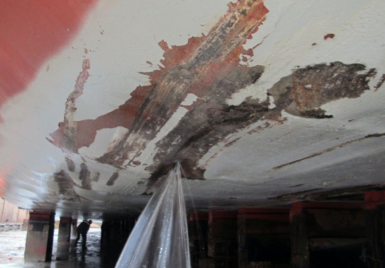
The IMO Sub-Committee on Ship Systems and Equipment held its 6th Session from 4 to 8 March 2019. The meeting focused on improvements in ventilation conditions of survival craft that will be achieved by finalising draft amendments to the LSA Code on ventilation requirements for survival craft and draft amendments to the ‘Revised recommendation on testing of life-saving appliances’.
Mainly, the Sub-Committee discussed the draft amendments to the LSA Code, relating to ventilation requirements of totally enclosed lifeboats.
In the meantime, the meeting made progress in developing draft amendments to the revised recommendation on testing of life-saving appliances regarding the ventilation of survival craft, aiming to ensure a habitable environment is maintained in such survival craft.










